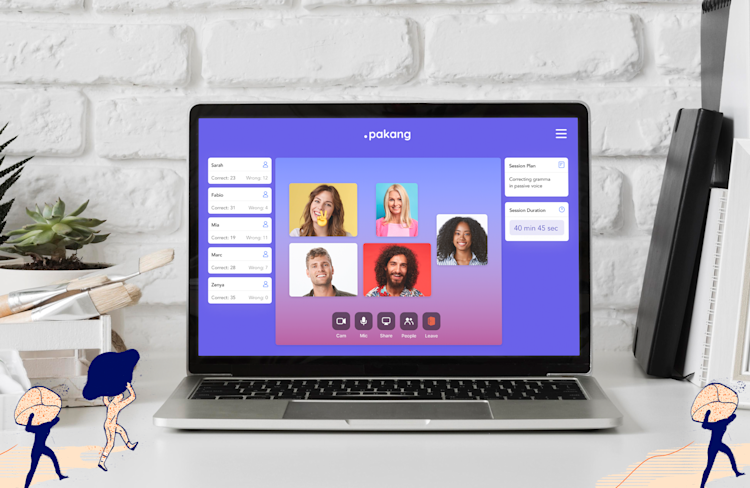How Oslo University Hospital Uses Whereby to Care for Its Patients
Read how Scandinavia's largest university hospital uses Whereby Embedded to help patients through video here.
Oslo University Hospital isn’t just big – it’s the largest in Scandinavia. Each year, more than 1.2 million patient treatments are carried out there, as well as approximately 50% of the medical and healthcare research conducted through the larger network of Norwegian Hospitals.

As Kaia Spilhaug Torkildsen, Oslo University Hospital’s strategic advisor, tells it: “First and foremost, we provide high quality services for the citizens of Oslo. But we also have nationwide responsibilities for a number of national and multi-regional assignments, and several national centers of competence.”
Being a local, regional, and national hospital with patients arriving from all over Norway, the spread of COVID-19 in 2020 put many of the patient services and programs that the hospital offers at risk. Like much of the healthcare industry, the hospital looked to video conferencing solutions that would help fill the gap for any in-person meetings that could not be carried out as planned.
Trying to find a lasting solution
This wasn’t the hospital’s first foray into video conferencing technology, however. In fact, the hospital’s teams had already been using a small handful of video meeting solutions for the last decade, both to communicate with other hospitals and to aid in patient diagnostics. The problem was that none of these solutions provided the mix of functionality and flexibility that was needed.
Adopting Whereby proved to be the panacea that was needed to move away from a fragmented video solution. “Functionality was the reason why we chose Whereby,” says Kaia. “It had what we needed in order to actually provide the healthcare services at the level of quality our clinicians desired.” Whereby also integrated with the hospital’s patient record system, which made it much easier to set up and execute video meetings with patients.
A bridge to better patient care
The onset of COVID may have accelerated the hospital’s choice to implement a platform like Whereby, but the desire to embrace video in general had been a long time coming. They had to “just do it,” says Kaia.
While COVID-related travel restrictions have forced both hospitals and patients to re-prioritize how they approach healthcare, adopting a secure and capable video conferencing solution has made it so that a surprising number of initiatives can continue more or less as planned. “We’ve been able to maintain healthcare services like group therapy and support groups, for example with cancer patients,” says Kaia.
Whereby is also used for the staff at Oslo University Hospital to communicate with healthcare providers and medical professionals in other hospitals, for example when a patient needs to be transferred. They can meet virtually to make sure the patient gets the right treatment after they’re moved.

More than just a patient tool
All told, Whereby adoption has become so widespread at Oslo University Hospital that they are now averaging 1500 consultations per month using the platform. And this is not a figure that Kaia sees decreasing, even as the pandemic recedes.
“There are several patient groups that are interested in avoiding trips to the hospital, because they don’t really want to feel like a patient,” says Kaia. “Take, for example, HIV patients, who will be patients for life, but don’t want to go out of their way to come in for a routine visit.”
To that end, the last year and a half has shown Oslo University Hospital’s clinicians that it’s possible for them to give their patients high quality care from a distance. When so much of the history of patient care has involved face-to-face contact, there was a natural resistance to moving online. “That resistance is now fading away, due to the experience from working with video during the pandemic,” says Kaia, “Which paves the way for us to reach our goals regarding the use of digital tools in patient treatment.”
Envisioning a video-enabled future
That’s a good thing, because the goals Kaia is referring to are lofty. By the year 2030, the hospital is aiming to have 30% of all treatments carried out through digital services. “That’s a huge goal,” says Kaia, but with what she’s seen since 2020, she’s certain it’s attainable.
“It’s been a really great experience to be able to introduce this solution that’s so widely embraced by the clinicians,” says Kaia. “I have been to meetings where I’ve presented Whereby and talked about how we’re using it, and I’ve gotten applause.”
Whereby has allowed Oslo University Hospital to maintain its pre-pandemic levels of care, but it’s no short-term fix. Whereby is the telemedicine video conferencing solution that will allow the hospital to move into a digital future with ease.


